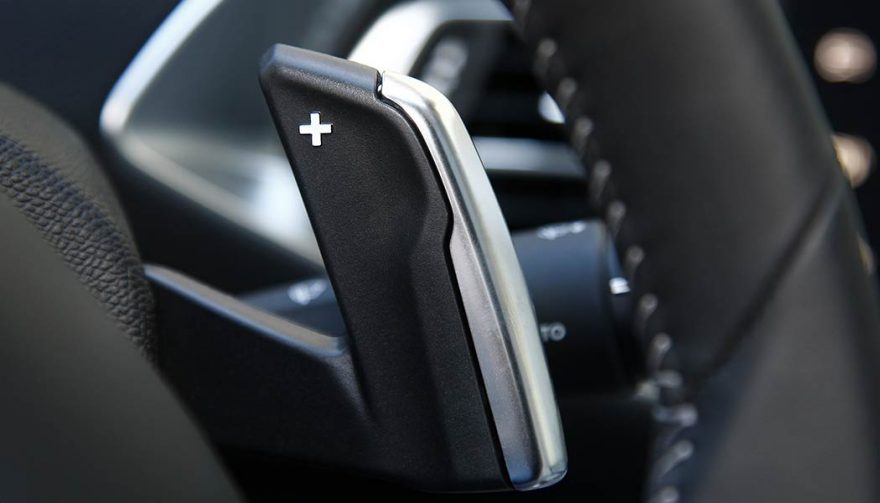Disc Brakes
Back in the 1950s, disc brakes started to catch on with racing teams, thanks to Jaguar using them on the C-Type. The British automaker was able to grab the top podium finish for the 1952 24 Hours of Le Mans.
Disc brakes were easier to work on than drum brakes, which is key for quick pit stops. They also provided superior stopping ability, which is also pretty critical in a race. Even more important is the fact that disc brakes stay cooler during heavy use.
Consumers also began to realize that disc brakes were a nice thing to have on a car. Automakers started including them as a luxury or performance feature. Today, they’re pretty much standard equipment on every car.
Thanks to motorsports, ways to keep brake discs cool in different scenarios have been explored. This includes cross drilling, venting and slotting, as well as front intakes that send air over the wheels. Making the discs and brake pads out of different materials such as carbon ceramic also helps.
Occupant Cells
You’ve probably heard of front and rear crumple zones, as well as roll cages in race cars. They’re part of the occupant safety cell, which can be called a number of different names by automakers. Basically it’s a design where the front and rear sections of the vehicle are designed to absorb crash forces so they don’t transfer to the driver and passengers.
The same kinds of innovations that have been used for roll cages are applied to the structure of the occupant cell. You can’t see this because it’s hidden under plastic bezels, the headliner, carpeting, etc. If you watch crash test videos, you can see the cell not crumpling while the hood and trunk smash easily.
This is an innovation most people don’t really appreciate until they’ve been in a bad wreck. Being able to walk away from an accident is a good thing, and we owe it to, wait for it… racing.
Paddle Shifters
A growing number of automatic transmissions can be controlled by the driver using paddles that are mounted to the steering wheel. It’s a quick and convenient way to decide when to transition gears, especially when compared to setups where the driver has to move the gear selector into a manual mode zone, then flip it forward to upshift and backward to downshift.
Paddle shifters started out in F1 racing, where they allowed racers to switch gears superfast without taking their hands off the steering wheel. While some purists still like to row through the gears with a stick, this technology is far superior to dealing with annoying gear seeking or an automatic transmission that won’t upshift until the RPMs climb dangerously close to the red line.
View on One Page







